We have begun to see a breakdown in the protection we used to be able to depend on. Recent decisions in California and other areas are basically decriminalizing shoplifting.
These changes in the law by out of touch Legislatures are having a devastating impact on retailer’s and society as a whole. Law makers are not addressing the real problems, only the results. People are able to get away with crime and this will have a further reaching impact on future generations and our society as a whole. 
But today it is causing shoplifting in those geographical areas to rise substantially, impacting the retailer’s bottom line and the consumer’s pocket book.
What are we to do? We can no longer depend on the criminal laws to protect us. The politicians have lost their nerve, their minds and the understanding on why they were elected. But the real problem is that the brave and highly skilled Law Enforcement Officers that are there to protect us all, are barely able to contain violent crime let alone shoplifting. Budget cuts, Democrats, Republicans…… are all to blame.
But you have solutions. The first is as professionals, we know that we can only depend on ourselves. So let’s solve this like any other business problem we face on a daily basis. The real solution has three elements. The good news is that you do have control of all three.
1. How vulnerable have you made yourself?
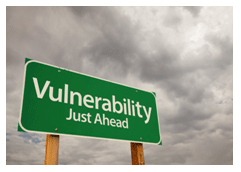 Step back and take a hard look. Or better yet ask someone you trust to do that. A friend, another business owner…… they really do not need to have any special skills. You should look at your store from the prospective of the shoplifter. If you were going to steal, how would you do it? Do you have dark areas, high shelving, hidden spots that would make the thief comfortable? Is your store unkempt, dirty and not stocked in an organized way? Shoplifters are attracted to these environments. If you are presenting that look, then the shoplifter probably knows you are not able to keep up or simply do not care. This will also breed more shoplifting as word gets around that YOUR STORE is an easy mark.
Step back and take a hard look. Or better yet ask someone you trust to do that. A friend, another business owner…… they really do not need to have any special skills. You should look at your store from the prospective of the shoplifter. If you were going to steal, how would you do it? Do you have dark areas, high shelving, hidden spots that would make the thief comfortable? Is your store unkempt, dirty and not stocked in an organized way? Shoplifters are attracted to these environments. If you are presenting that look, then the shoplifter probably knows you are not able to keep up or simply do not care. This will also breed more shoplifting as word gets around that YOUR STORE is an easy mark.
2. Equipment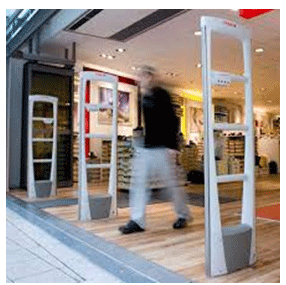
I am not going to hit this one hard. You know that we sell and install the finest Electronic Article Surveillance (EAS) equipment made worldwide. Checkpoint Systems must be part of your strategy. That is why you see it in almost every major retailer.
3. Your Staff
 Are they asleep at the switch? Do they care? Have you trained them how you want the shoplifting deterrence program in your store to work and what their roll in it is? This is not something you can put off. It’s like saving money in an account. You got to start. If you are one of Loss Prevention Systems Customers already, then you know this. That is why we conduct live, personalized shoplifting prevention and loss prevention training for our customers. We do this as reasonably often as you need it, free of charge.
Are they asleep at the switch? Do they care? Have you trained them how you want the shoplifting deterrence program in your store to work and what their roll in it is? This is not something you can put off. It’s like saving money in an account. You got to start. If you are one of Loss Prevention Systems Customers already, then you know this. That is why we conduct live, personalized shoplifting prevention and loss prevention training for our customers. We do this as reasonably often as you need it, free of charge.
These three elements put and keep YOU in control. But you have to start now before it gets worse. And if the trend continues, it will.
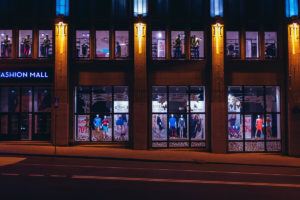
 Hiring seasonal help for the holidays is much different from when a company hires to fill a position or two during the “regular” times of the year. During what I have traditionally called the 4
Hiring seasonal help for the holidays is much different from when a company hires to fill a position or two during the “regular” times of the year. During what I have traditionally called the 4

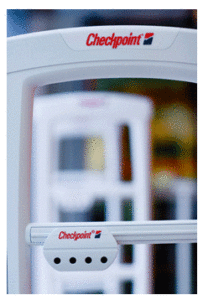 forbid a competitive system). It is installed and your shoplifting losses go down. They will! The simple act of installing a system will make a percentage of your shoplifters go elsewhere.
forbid a competitive system). It is installed and your shoplifting losses go down. They will! The simple act of installing a system will make a percentage of your shoplifters go elsewhere.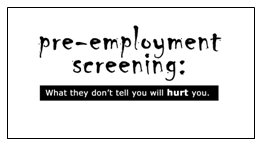


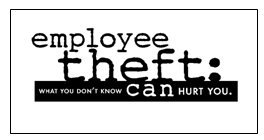 ch these live webinars as reasonably often as you need. Staff turnover, promotions, follow up training, one employee or fifty…. Just schedule the session. Oh, by the way. I will also provide you with 15 draft LP Policies and Procedures that you can customize to your operation. Shoplifting, employee theft, robbery, key control…..
ch these live webinars as reasonably often as you need. Staff turnover, promotions, follow up training, one employee or fifty…. Just schedule the session. Oh, by the way. I will also provide you with 15 draft LP Policies and Procedures that you can customize to your operation. Shoplifting, employee theft, robbery, key control…..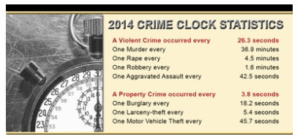
 If you work in retail then you know theft is a big problem. The theft of supplies, merchandise, time and money are just a few of the things managers have to deal with daily. They have to address it on many fronts (i.e., impulse and professional shoplifters, employees and their friends and families, vendors).
If you work in retail then you know theft is a big problem. The theft of supplies, merchandise, time and money are just a few of the things managers have to deal with daily. They have to address it on many fronts (i.e., impulse and professional shoplifters, employees and their friends and families, vendors). What can make life miserable for a Human Resources or Hiring Manager? In the right circumstances, a Loss Prevention Manager can be the cause of much consternation for a Human Resources Manager. When more than one employee is being apprehended or fired for theft at the same time it requires shifting schedules, moving people around and hiring new people to take the place of the employees being removed. What makes it even more difficult for a retail H.R. Manager is if the employees work in a specialized job function. I confess (with a smile on my face as I write this) that I was responsible more than once for putting a Human Resource Manager in this predicament during my Loss Prevention Manager career. Don’t misunderstand, I was not taking pleasure in the misery of the Human Resource Manager or the Department Manager, for that matter; I was enjoying closing an investigation that netted around five employees in total, three who worked in the one area.
What can make life miserable for a Human Resources or Hiring Manager? In the right circumstances, a Loss Prevention Manager can be the cause of much consternation for a Human Resources Manager. When more than one employee is being apprehended or fired for theft at the same time it requires shifting schedules, moving people around and hiring new people to take the place of the employees being removed. What makes it even more difficult for a retail H.R. Manager is if the employees work in a specialized job function. I confess (with a smile on my face as I write this) that I was responsible more than once for putting a Human Resource Manager in this predicament during my Loss Prevention Manager career. Don’t misunderstand, I was not taking pleasure in the misery of the Human Resource Manager or the Department Manager, for that matter; I was enjoying closing an investigation that netted around five employees in total, three who worked in the one area. A woman is fired by a grocery store chain after merging with another chain, and changing their shoplifting policy because she chased a shoplifter. Employees at the biggest retail store chased and killed a shoplifting man and now they faced murder charges.
A woman is fired by a grocery store chain after merging with another chain, and changing their shoplifting policy because she chased a shoplifter. Employees at the biggest retail store chased and killed a shoplifting man and now they faced murder charges.